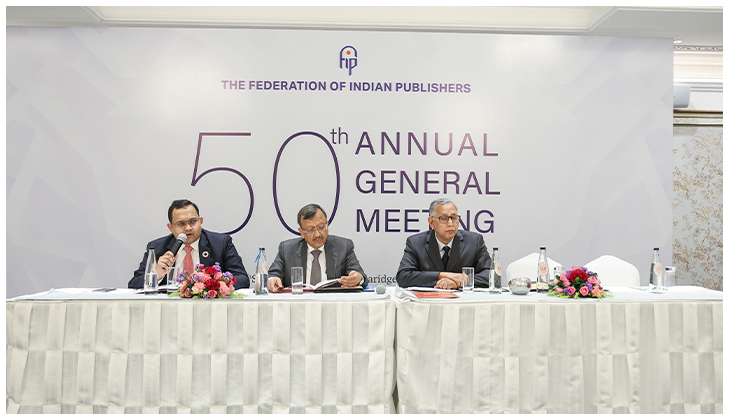A couple of days back I got this invite from Federation of Indian Chambers of Commerce and Industry to speak on ‘Monetising Content through Exports to Emerging Markets’ at PubliCon 2013. I’m supposed to attend this event tomorrow i.e. 10th September. Quite an honour it is! And I’m way too excited.
So, I was busy preparing the presentation for this when it occurred to me that it would be great to blog about it too. As the theme of PubliCon is ‘Export Market’ with special focus on Africa and South East Asia, here I would like to share some wisdom on the topic. I shall start with Africa.
Well, a lot of factors play an acute role here which makes it a promising market for Indian book industry. With the growing demand for education and literacy, the demand for books in Africa has also seen a hike.
The historical development of publishing in most parts of Africa followed a set pattern. A publishing company in the home of colonial Government set up a book selling post in the host country to sell educational books by importing all the reading needs of the country. After independence, people started going for the educational books. But due to the economic tension, the local companies couldn’t fulfil the need. So, there came the foreign companies which adapted to the market needs.
Some of the other limiting factors for the local book market are lack of infrastructure, enormous cost of distribution and inefficient distribution system. Also, the price sensitive nature in book trade means that a lot of publishers cannot charge an economical price for their books, considering the long gestation period between conceptualisation of a book project and adequate returns.
And thus India being one of the specialists in the eclectic reading can look at Africa as one of the most potential markets for its book industry.
Coming to the South East Asian countries, Thailand poses a little restriction to the Indian book market owing to the lesser number of people understanding English and the current political unrest. And the same is the case with Myanmar. Due to political unrest, exporting for them is not an easy option.
But if you talk about Malaysia and Indonesia, they are the potential markets for Indian books. Though, recently Indian books have been replaced by reprints published by the multi-nationals as Asian editions from Singapore.
Also the SAARC countries give us a wide potential market to explore. These are the countries that have accepted English but because their own publishing in English is not very large, they are dependent on us. And that’s a thing to rejoice. 😉
Also the fact that we are fully capable of providing the regional stuff to these countries is like a cherry on the cake. We have demands for Urdu books in Pakistan, Bengali books in Bangladesh and Tamil books in Sri Lanka. That’s like a bonus point when you come from a linguistically diverse country. 😉
All in all, I believe if we look into it, we can explore this market and come up with quite an opportunity to suit our Indian publishing industry.


